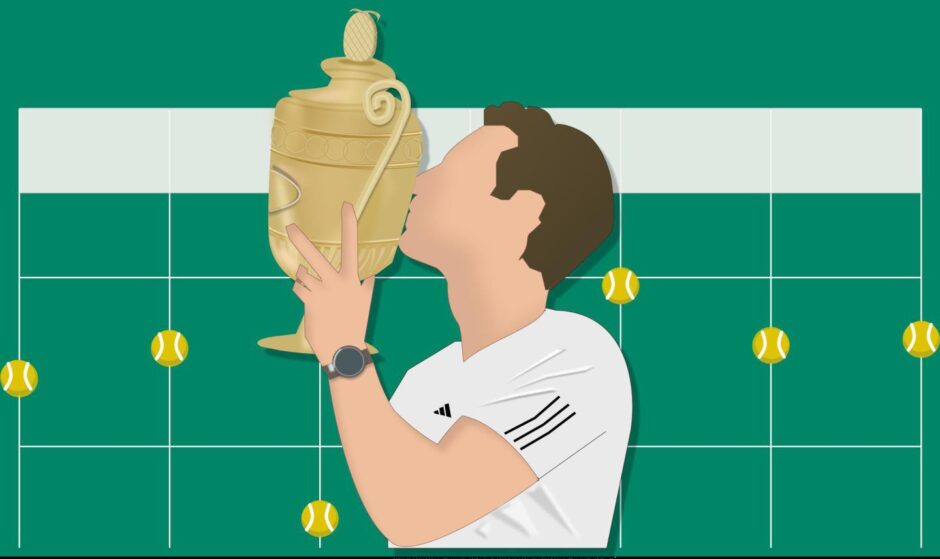
Scottish tennis champion Sir Andy Murray retired in August after a record-breaking career.
Starting in 2005, he was the first Scot in the Open Era to reach the third round of the men’s singles tournament at Wimbledon.
At that point, the last time a British player had won Wimbledon was in 1936.
By 2016, Andy Murray claimed the grand slam title twice and in the same year became the only singles player in history to win back-to-back Olympic titles.
But the The Murray Play Foundation shelved plans to pay tribute to his 19-year-long sporting career near his hometown Dunblane with a £20 million sports centre this year.
The charitable organisation lodged the proposals after his first Wimbledon win in 2013 but the bid for planning permission pushed them back for years.
So we decided to showcase his tennis legacy through the data on his career as one of the best players of his time.
We’ve looked at:
- Murray’s rise to number one
- How he compares to other famous British tennis pros
- How he performed in tournaments
- His top five competitors
- The fastest tennis ball serve
- And which court he performed the best on
A record-breaking rise to number one
Murray began his professional career in 2005, ranking 407th before a swift rise in the ranks.
By 2010, Murray had finished the year ranking fourth for the third consecutive year.
Similarly, he had loads of success in 2012, including his first Olympic gold at the London games.
2018 started with a hip surgery so inactivity caused a further tumble in the ranks.
Britain’s greatest tennis player?
Looking at recent prominent British players, the answer to this question is almost certainly.
We looked at three of the most famous retired men’s singles players from the UK, to see how their stats compare.
The first question is: who are the most famous players in the country? Research suggests that some of the most notable men’s singles players in the UK include Fred Perry, as well as more recent pros Tim Henman and Greg Rusedski
We’ve chosen to include Fred Perry as he made world No 1. Although his results should be read more with interest than comparison, as he did not play tennis in the open era, before tennis became professional. A notable tennis player, but times have changed in the sport since he competed.
Of the British players we’ve chosen to compare Andy Murray to, there’s only a few years’ overlap between him, Tim Henman and Greg Rusedski. Both Henman and Rusedski retired in 2007, after playing since the early ’90s.
Fred Perry retired in 1959 and the Open Era of tennis didn’t begin until 1968.
Between 2005 and 2024, Murray had 46 career titles, compared to Henman’s 11, and Rusedski’s 15. Fred Perry had 62.
Of the three contemporary players, Murray is the only person who won Wimbledon, which he did twice. Fred Perry won Wimbledon eight times, although, again, that was before tennis became fully professional.
Murray also is the only contemporary player of the ones we have compared to have a grand slam title, of which he has three, and he’s also the only one of those with an Olympic medal – he has two.
All of the British players included in our chart have cinched the accolade of British No 1, all have been in the top five in world ranking.
Murray hit world No 1 on November 7 2016, while Fred Perry was world No 1 in 1934-1936.
Both Tim Henman and Greg Rusedski reached fourth in the world rankings, Henman on July 8 2002, and Rusedski on October 6 1997.
Andy Murray’s tournament data
Over the span of his career, Murray competed in more than 1,000 tour-level matches.
That includes ATP 250, ATP 500 and ATP Masters 1000 events and the four grand slams across each round from the round of 128 (R128) to the finals.
Data on Andy Murray’s tour-level tournaments shows a 100% win rate at R128 from 2009 to 2018.
So Murray progressed into the second round at all of the grand slams he entered during that nine-year period.
Yet a match against Roberto Bautista Agut at the Australian Open in 2019 ended the streak.
But his best year overall was 2016 when he had a total win rate of 89.99% across all rounds of matches.
Having reached 13 finals, Andy Murray competed in the most finals in 2016 during his career. He won nine of them.
That year he reached the finals of three of the grand slam tournaments but lost both the Roland Garros and Australian Open to Novak Djokovic.
He did, however, win his second Wimbledon title by defeating Milos Raonic.
Murray also brought home a gold medal from the Rio Olympics after beating Juan Martin Del Potro.
In 2014, he was in three finals and won all of them. But it was the first season since 2009 where Murray failed to reach a grand slam final.
How does Andy Murray compare with players internationally?
He might be Britain’s top player in recent years, but how does he fare against some of his biggest competitors?
We’ve looked at the other top tennis players who have competed against Murray the most, to see how he fared in their games.
According to statistics from site tennisabstract, the players Andy Murray has faced off against the most were:
- Novak Djokovic
- Roger Federer
- Stan Wawrinka
- Rafael Nadal
- David Ferrer
Let’s look at how he did in more detail.
Murray v Djokovic
Serbian player Novak Djokovic may be one of the best-known players today.
He has 99 career titles as of November 2024, and is No 4 in the world on the ATP ranking.
They have played 37 matches together, with Murray winning 11, or 29.7%. The first match they played together was in 2006.
Both have performed the best against each other on hard courts, Murray has won eight matches on hard courts while Djokovic has won 20.
Djokovic has also won six matches against Murray on a clay court, while Murray has only won one.
However, of the two matches played between the pair on a grass court, Murray has won both times.
Looking at tournaments, Novak Djokovic’s best tournament against Andy Murray is the Australian Open, where he has won five times in their matches.
Andy Murray’s best tournament is either the Canada Masters or the Cincinnati Masters – in both of these he has won two matches against Djokovic.
The last game they played against each other was on February 2, 2022 at the Madrid Masters. Novak Djokovic won.
However, it’s not the last they’ve seen of each other, as in November 2024 Djokovic appointed Andy Murray as his coach.
Murray v Federer
Swiss player Roger Federer retired in 2022, but he has been one of the biggest names in tennis over the past 20-plus years.
He has won 103 singles titles, and has finished as year end No 1 five times.
Murray and Federer have played 25 matches against each other, with Murray winning 11, or 44%. The first match they played against each other was on September 26 2005.
They have only played each other on grass or hard courts, but Federer has won more matches than Murray on both. Of the 22 matches they have played on a hard court, Murray has won 10, and out of the three they played on grass, Murray won one.
Federer’s most tournament wins against Murray were at the Tour Finals, where he has won four matches, while Murray’s most successful tournament was the Shanghai Masters, where he won two matches.
The last match they played against each other was August 16, 2015 at the Cincinnati Masters. Federer won.
Murray v Wawrinka
Another one of Murray’s most-played competitors is another Swiss player – Stan Wawrinka.
ATP currently ranks him as 161 in the world, but at his highest ranking, he has been world No 3.
They’ve played 24 matches against each other, with Murray winning 13 of those – 54.2%. Their first match was on September 23 2005.
Like his other competitors, Murray has performed the best on hard courts. He has won nine matches on hard courts compared to Wawrinka’s four, and also found success on grass courts, winning three matches against Wawrinka.
However, Wawrinka dominated Murray on clay courts, winning seven matches compared to only one win for Murray,
Wawrinka found the most success against Murray in the Roland Garros tournament, where he won three matches. Murray doesn’t have a best tournament, though, as he has won only one match in each of the tournaments where he has beaten Wawrinka.
Their last match together was earlier this year, on May 27 2024. Stan Wawrinka won.
Murray v Nadal
Coming in fourth for the number of matches Andy Murray has played against other tennis pros is Spanish player Rafael Nadal.
He reached No 1 in 2008 for the first time, and like Murray, also retired this year.
They have played 25 matches against each other, with Murray winning only eight of them – 32%. Their first face-off was on January 15 2007.
Nadal won more matches than Murray on every type of court they have played on. Murray succeeded the most on hard courts, winning six matches compared to Nadal’s seven.
He also won two matches on clay courts compared to Nadal’s seven. However, he unfortunately did not manage to win any matches against Nadal on grass courts.
Murray’s most successful tournament against Nadal has been the Madrid Masters, where he won two matches. Nadal’s is Wimbledon and the Monte Carlo Masters, where he has won three matches in both tournaments.
Their last match together was on May 2 2016. Murray won.
Murray v Ferrer
The last of Andy Murray’s top competitors is Spanish player David Ferrer.
He has also retired now, and competed for the last time in 2019.
They’ve played each other 21 times, with Murray winning 15 of those, or 71.4%.
Of his top competitors, he has been the most successful against David Ferrer. They first played each other in April 2006.
They’ve played across clay, grass and hard courts, but by far Murray was the most successful on hard courts, winning 13 matches to Ferrer’s two. He also won the only match they have played against each other on grass courts.
However, David Ferrer won four matches on clay courts compared to Murray’s one.
Looking at their tournament history, Murray has won two matches at the Australian Open, Tour Finals and Vienna against Ferrer. Ferrer doesn’t have a best tournament, he has won one match in each of the tournaments they have played each other where he won over Murray.
Their last match together was on October 24, 2016. Murray won.
Does Andy Murray have a need for speed?
The fastest Murray served a ball at a grand slam was during the 2016 US Open.
Murray was playing Dimitrov in the round of 16 when he served a ball at 226 km/h or 141 miles per hour.
That is the average speed of Formula 1 vehicles on the track (although their top speeds can well surpass that).
But broken down by round, Murray did not tend to peak in average first-serve speeds in the finals.
In 2016, he peaked with an average of nearly 190 km/h (117.9 mph) in grand slam quarterfinals.
A 135 mph serve at the US Open quarterfinals that year helped the average as his second fastest recorded at grand slam events. He was playing Kei Nishikori at the time.
But he also kept up the pace in the rounds of 32 and 16. He recorded his top average speed in the latter.
Meanwhile, 2015 saw peaks and troughs falling down to an average of 177 in the round of 16.
King of Grass
Andy Murray has turned to a new type of green with a run in the golfing sphere, but he has always been at home on grass.
Over the course of his career, Murray won 79.07% of his grass court matches.
But the court that dominated across the tour-level matches he played was hard courts of the likes of the US and Australian Open.
Murray won almost three quarters (74.03%) of his hard court matches.
His lowest success rate was on clay courses, but he still won 69.42% of those.
But he had formidable winning streaks on grass, including when he won Wimbledon for the first time. The win over Djokovic extended his winning streak on grass to 18 matches.
And he had three years with a 100% win rate on grass.
He maintained his perfect grass record in 2016 too, when he took his second Wimbledon trophy.
For instance, he won 12 grass matches in 2016 and 2013
Notably, from 2007 to 2021, Murray never lost more than two of his grass court matches.
He didn’t play any clay matches in 2018, 2019 and 2021.
And 2016 was also his best year on hard courts with a 89.29% win rate and his third best performance on clay.
He won 90.48% of his 21 clay court matches in 2004.
Andy Murray’s legacy
It is simply not possible to illustrate the full range of Murray’s career, but we did try to emphasise the data on key parts of his legacy in tennis.
But with no legacy centre on the horizon, does one of Scotland’s greatest athletes deserve a different form of tribute?
From being the first Brit in decades to win Wimbledon to record-breaking combinations of Olympic and Grand Slam wins.
His career in data certainly makes a strong case for celebrating the Scottish tennis legend.
Do you think there should be lasting tribute to the mark Andy Murray left on tennis?
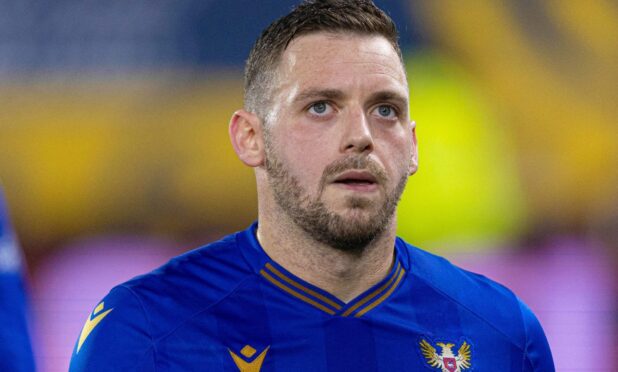
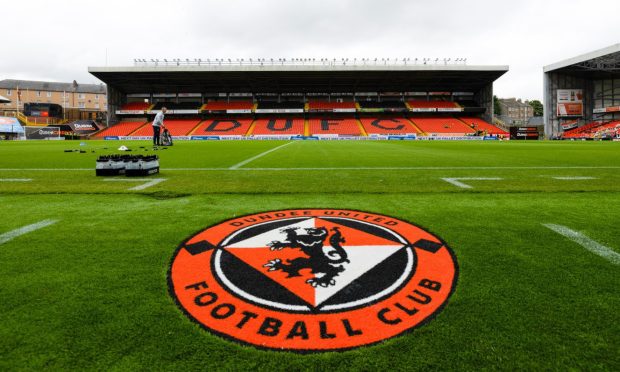
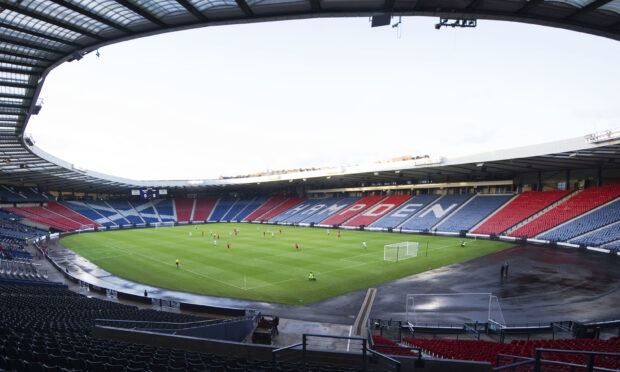
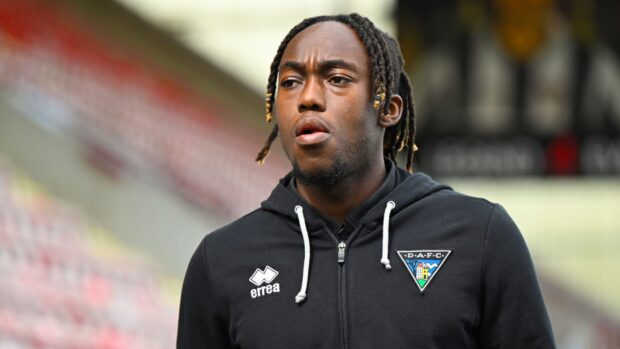

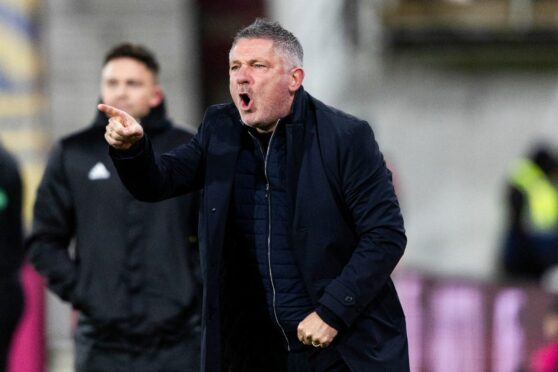
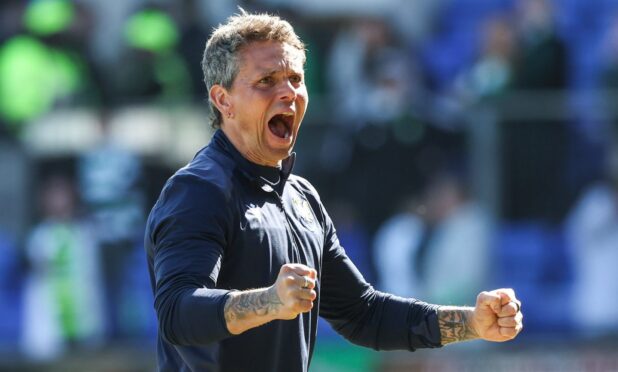
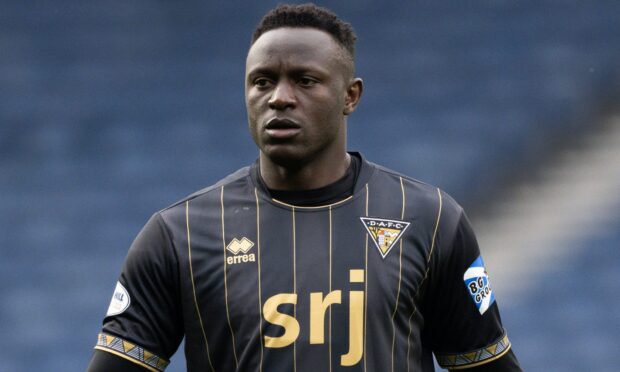
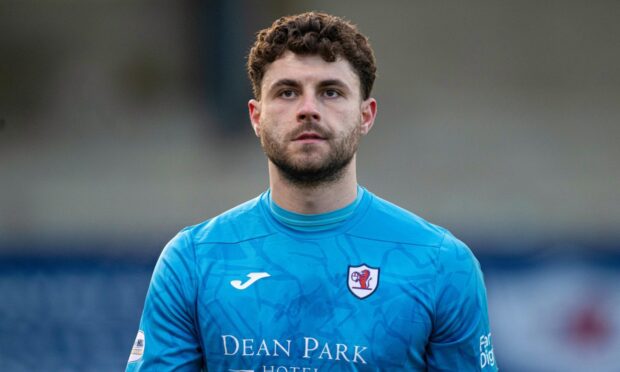
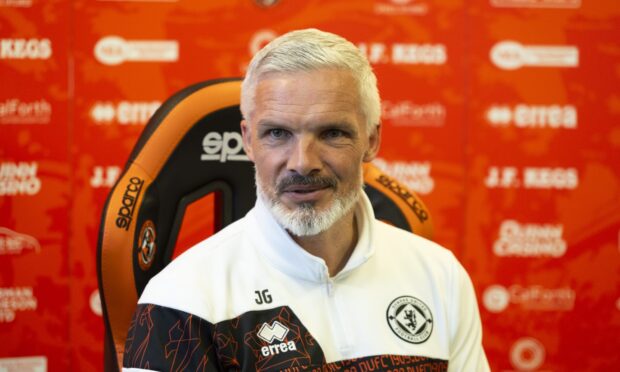
Conversation